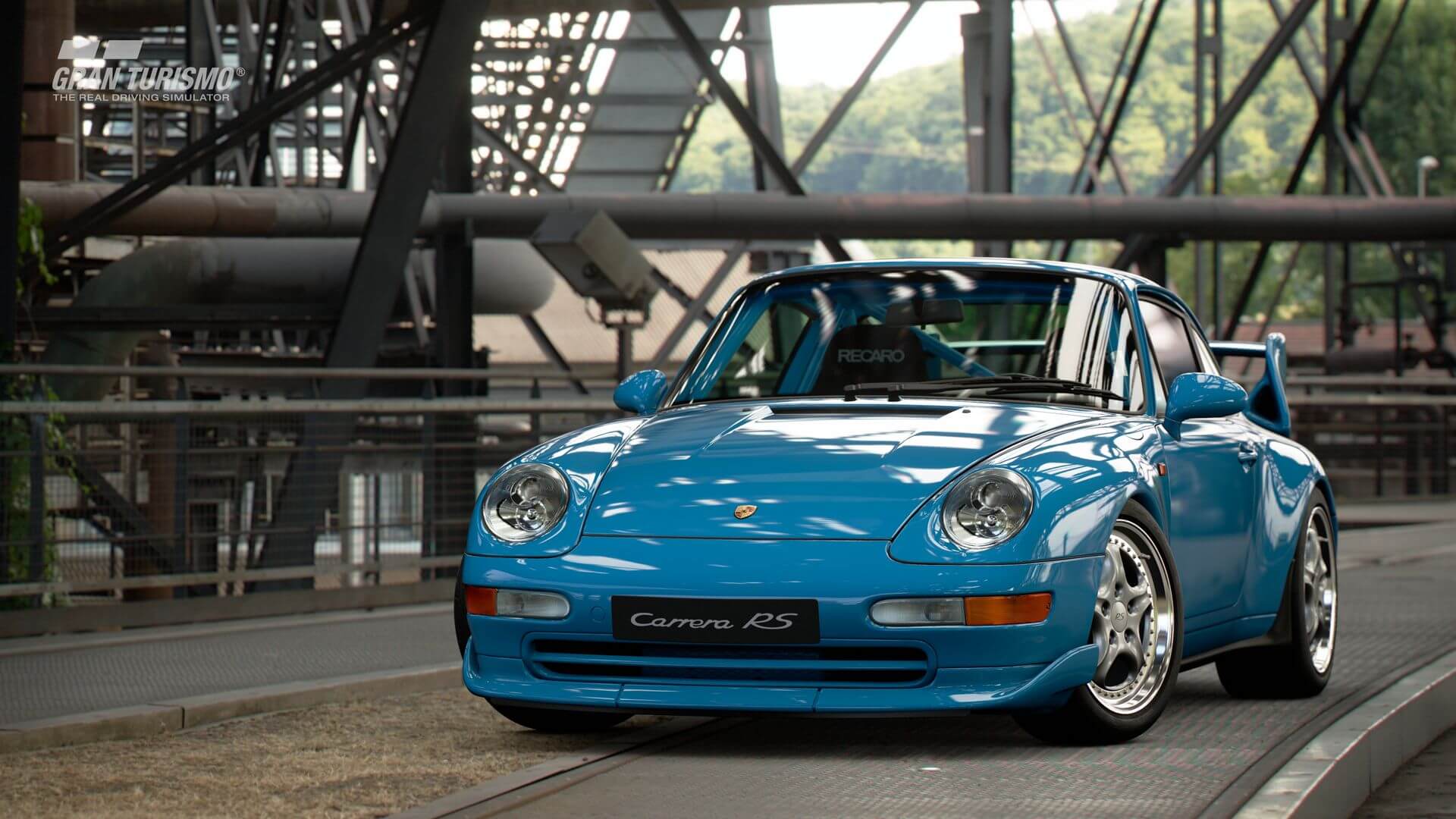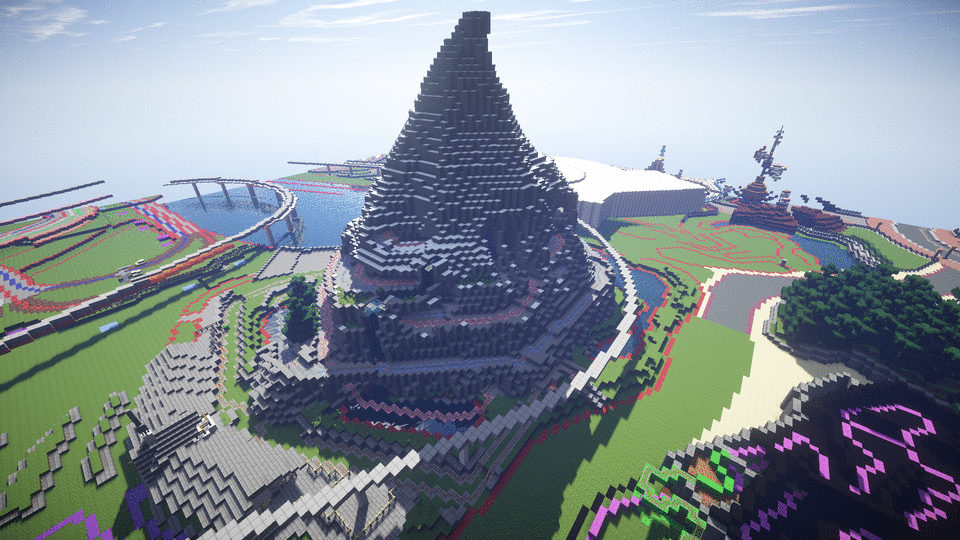Workers would need to unionize first, which was what the writers and actors had. I think the game industry is seen as such a dream job for so many people that they can always find more bodies to throw at it if others go on strike. It's fucked all the way down.
The stories coming out of the industry since the 2010s may have soured that "dream job" mystique. With equal precarity and managerial mistreatment compared to any other tech job, grads with proper skills will pick whatever gives them the best paycheque in the moment, and working at a publisher ain't it right now. It'll take time for it all to sink in, but the days of endless warm bodies to throw at the industry (especially on the cheap in relation to comparable jobs in the tech sector) are coming to an end with or without unions, but preferably with.
Its gonna be pretty tough to achieve that equilibrium, game costs scale up really fast really easy. Even a simple and content dry game like Mario Strikers now has to include online play, new characters, new stages, and future updates. This is because theres a pressure to exceed your previous games in not just graphics, but also in content and features. You dont have to be making Spider-Man or a cinematic game for your budget to balloon, Tekken 8 costs 3x as much as Tekken 7 too per Harada. If mainline Pokemon games start taking that one extra year they so desperately need for example, theres the increase in budget.
Its not impossible for Nintendo to achieve mind you, but it does sound extremely hard to keep up with consumer expectations on stronger hardware without increasing budgets.
So long as you are maximizing labour hours (preferably in ways that don't involve crunch and/or exploitation), your costs are manageable and rises can be mitigated.
BotW (their most ambitious game to date prior to TotK, indisputably so) took 300 people to make across 5 years. Its break-even sales figure?
2mil to break even on development costs. Keeping in mind that this is a 1st-party title and enjoys a larger revenue share per unit sold, that's still an exceptionally small number of units to hit break-even, especially when some publishers don't hit break-even in anything close to that timeframe. More telling is Miyamoto saying "our current efforts will be helpful in the next production".
Ahhh, asset re-use, no one is more adept at this than Nintendo, and it is indeed a major cost savings for them. It undoubtedly saved them
some expense with TotK, which they clearly decided to spend on physics logic, given the game they ended up making and how dumbfounded and/or slack-jawed the developer community has been with the game's physics wizardry.
But equally as importantly, if tech advancements mean that the work of getting game physics to the same level can be done in half the time, imagine how much less the budget for TotK would be. On the flip side, when your content is constantly pushing the envelope, you're in effect always over-extending beyond what new technology can reasonably achieve, which always costs more for less appreciable gain.
But if you can sit comfortably in the space of what your available technology can reasonably achieve, anything that eases the need for labour hours is money you're not spending in one area (like with TotK's asset re-use) that can be either withheld or (more likely) put to work elsewhere. That's what I mean when I say there's an equilibrium with rising dev costs and new tech, there's a give and take. The moment you're taking more than hardware can comfortably give, you will endlessly run into rapid budgetary expansion and rarely get to enjoy the labour savings new tech brings, because you're always blowing through that cost savings trying so desperately to wring out that extra 5-10% and throwing people at the problem endlessly to do it.
There is absolutely an opportunity to sit in an ideal spot on the labour efficiency curve to ensure that the budgetary increase (which will inevitably occur) is
far more marginal than elsewhere in the industry. And if we were to suspect any company that could manage to do it, my bet will be on Nintendo.








-3.jpg)


